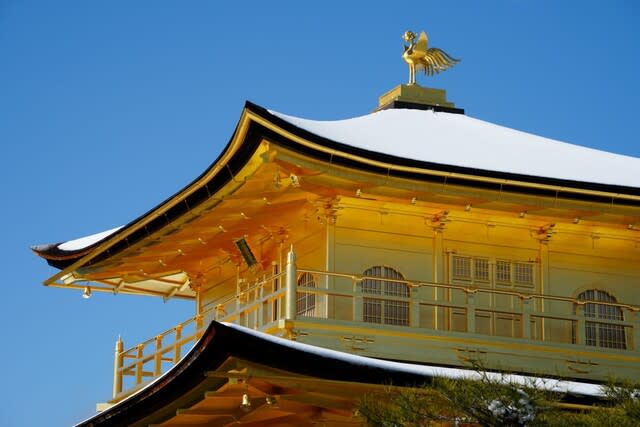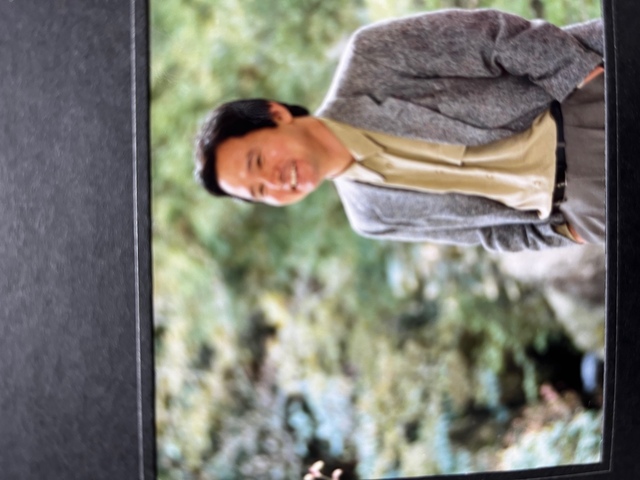The following is from Mr. Sekihei's column in this month's issue of Hanada magazine.
As he reveals in this chapter, the history of Japan should come as a surprise to the ignorant people who make their living at the United Nations.
People worldwide who believed in the UN, which China rules, and the Korean people, a loud-voice nation like China, will be ashamed to know how ignorant they are about Japan.
The UN has often issued human rights recommendations to Japan, riding on the coattails of China and South Korea, without knowing how ignorant they are.
The anti-Japanese Japanese continue their anti-Japanese activities at the UN in sympathy with China and South Korea, totalitarian nations that continue their anti-Japanese education in the name of Nazism.
There are not so many people as sinful as them.
They have stopped the progress of the "turntable of civilization," which is God's providence, and created the dangerous world we live in today.
God will never forgive them, and they will not be allowed to enter the gates of heaven, where King Yama of Hell awaits them with the greatest torment.
An "Incredible Japan" Different from China and Korea (Society: Status of Women from the second volume)
In the previous issue of this column, I outlined women's truly miserable social position during the Ming and Qing dynasties in China.
During those 540 years of darkness, Han Chinese women were deformed at an early age by the cruel practice of foot binding.
As adults, they are socially isolated and deprived of their freedom and rights as human beings.
After marriage, they are forced to live as male servants for the rest of their lives, and when their husbands die before them at a young age, they are not allowed to remarry.
They are left with only two choices.
They could either end their lives by serving their husbands' parents and children or become martyrs to their husbands.
In this sense, it is no exaggeration to say that China was a barbaric nation during the Ming and Qing dynasties.
What about the Joseon Dynasty of about the same period?
Although there was no foot-binding custom, women's social position was not much different from that of the Ming and Qing dynasties.
In contrast, in Japan, for example, during the Edo period (1603-1867), the social conditions of women were quite different from those of the Ming and Qing dynasties.
First, Japanese women did not suffer from foot binding.
Of course, in the Edo period and throughout history, Japanese people have entirely rejected the Chinese practice of foot binding.
While Chinese women in the Ming and Qing dynasties were confined to the confines of their homes due to social segregation and were not allowed to go sightseeing, watch plays, participate in festivals, or even visit friends' homes, Japanese women in the Edo period were allowed to participate in local festivals. With few exceptions, such as the Nyonin Kinsei of the Koya-san, they were allowed to participate in the temple ceremonies. With few exceptions, women were also free to visit temples and shrines.
Records and genre paintings of the time show that women participated just as actively as men in the Ise pilgrimage, a "national event" of the Edo period.
According to Kazuyasu Nakanowatari, a member of the town history writing committee of Namioka-cho, Minamitsugaru-gun (present-day Aomori City), Aomori Prefecture, on April 12, 1734, the Hirosaki clan authorized the family of Denbei Ota of Megasawa Village in the Hirosaki domain to visit Ise.
According to a document from that time, the family members and servants consisted mainly of Denbei's wife and two daughters in their twenties (Koho Namioka, July 1, 2003 issue).
In the 18th century, during the Edo period, four or more women, including young daughters, made the long journey of more than 1,000 km from the Hirosaki clan in the Tohoku region to Ise would have been a scene rarely seen in China or Korea at that time, nor in any other country in the world during the same period.
As for the right to education, women in the Edo period had a considerably high percentage of such opportunities.
According to Yabuta Yutaka and Yanagiya Keiko (eds.), "People and Status in the Edo Period (4) Women in Status" (2010, Yoshikawa Kobunkan), a Terakoya called "Juken-do" in Tsukamoto village, Iitaka county, Ise province, was open from 1792 to 1822. In the 30 years from 1792 to 1822, 478 boys were admitted to the Terakoya, compared to 165 girls.
Surprisingly, the percentage of girls receiving an education is so high.
It is not at all inferior to the European countries of the same period, much less to the Chinese society of that time, where there is a world of difference between heaven and earth.
In China during the Ming and Qing dynasties, with few exceptions, women were not allowed to receive any education.
One of the watchwords of that era was "women's illiteracy or virtue."
Compared to the Chinese women of the Ming and Qing dynasties, who were not allowed to remarry after the death of their husbands, expert research has revealed that women in the Edo period were relatively free in terms of divorce and remarriage.
After all, Oeyo, the wife of the second shogun, Tokugawa Hidetada, was a "triple-married woman," having married twice before she became a shogun's wife.
According to "letter of divorce and Enkiriji" (2014, Yoshikawa Kobunkan) by Takagi Tadashi, Ms. Yuko Asakura, a contemporary researcher, analyzed the marital status of 100 daimyos and 100 Hatamoto families in the Edo period and found that the overall divorce rate was 11.23%. The remarriage rate, including women, was over 58%.
In addition, divorce in the Edo period was not the "exclusive divorce" of the husband's own accord, but rather "divorce by agreement" by the couple was the norm.
The "letter of divorce," which is considered a symbol of the husband's "exclusive divorce," was actually a "remarriage license" to allow the divorced woman to remarry.
In many cases, the dowry brought by the woman from her own house was returned by her husband in the event of divorce (see Tadashi Takagi, above).
In this way, women in the Edo period enjoyed the freedom to travel, had access to education, and were able to divorce and remarry on equal footing with their male counterparts.
Regarding women's rights and freedoms, China during the Ming and Qing dynasties was a pre-modern barbaric nation, whereas Japan during the Edo period was a civilized nation, as advanced as the West during the same period.






















